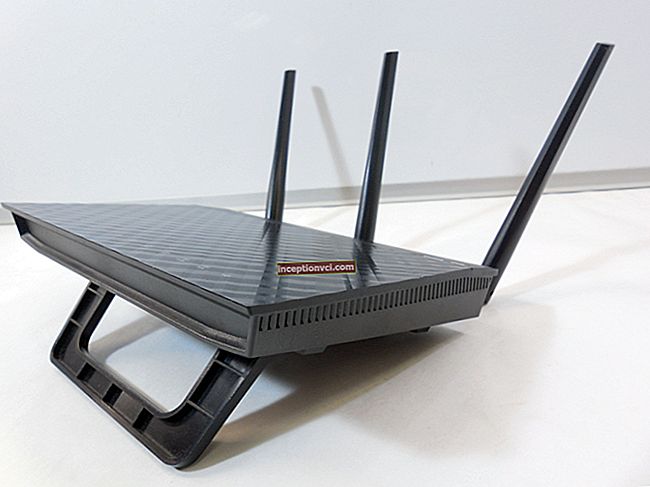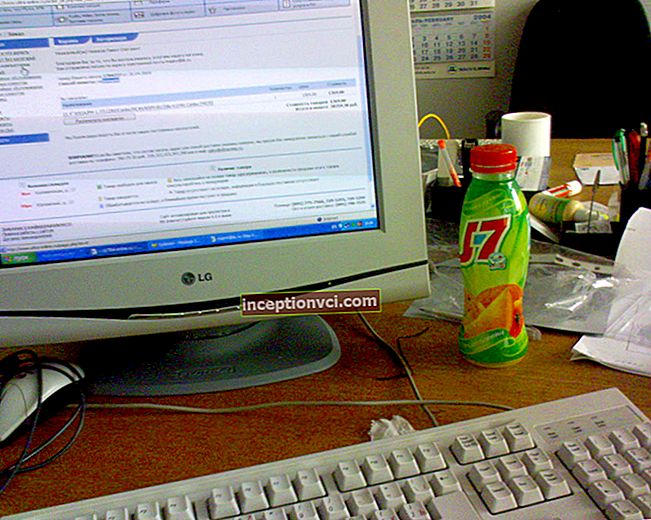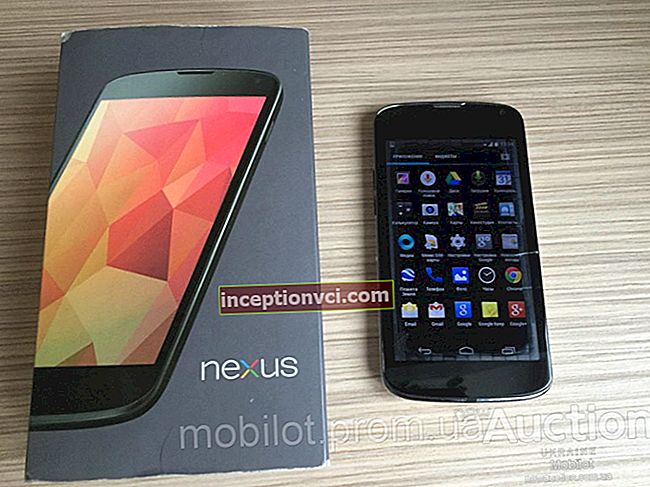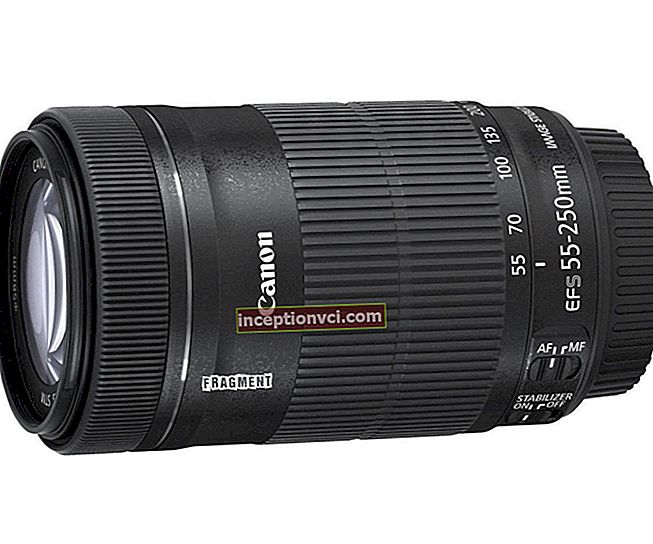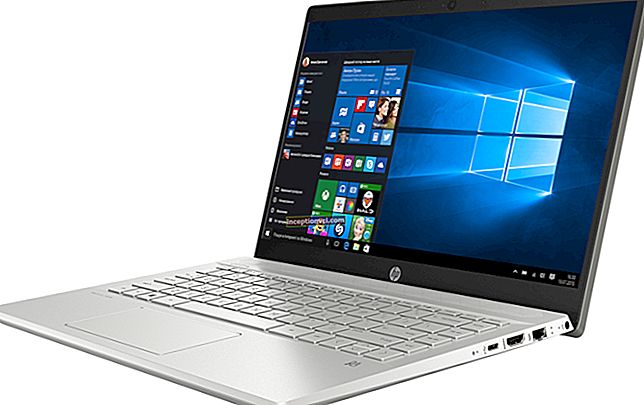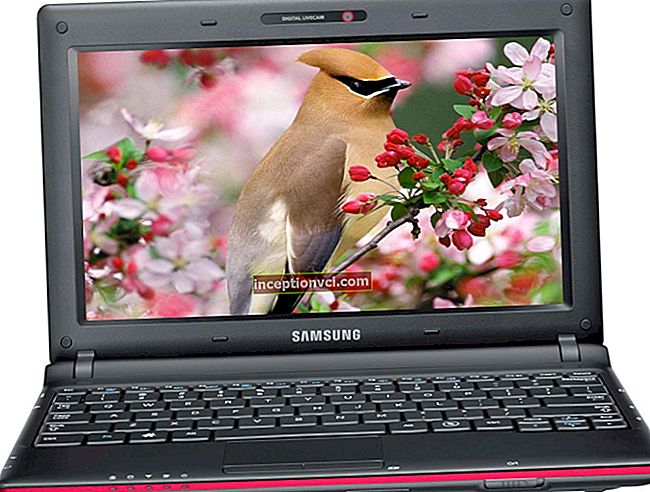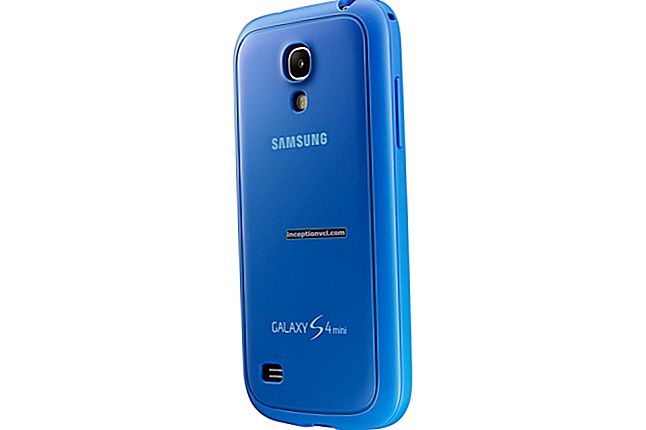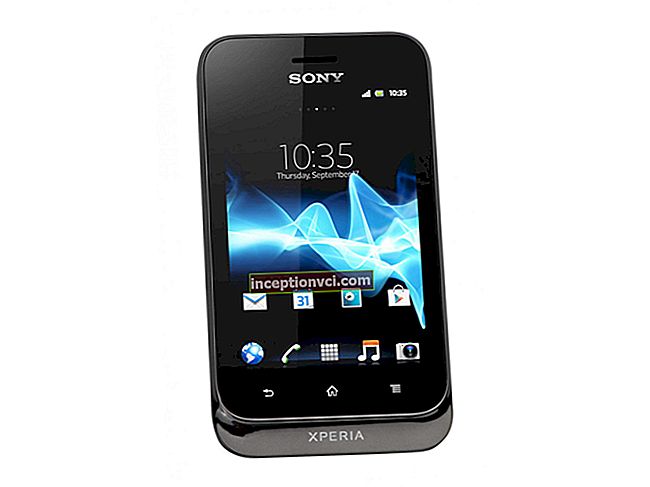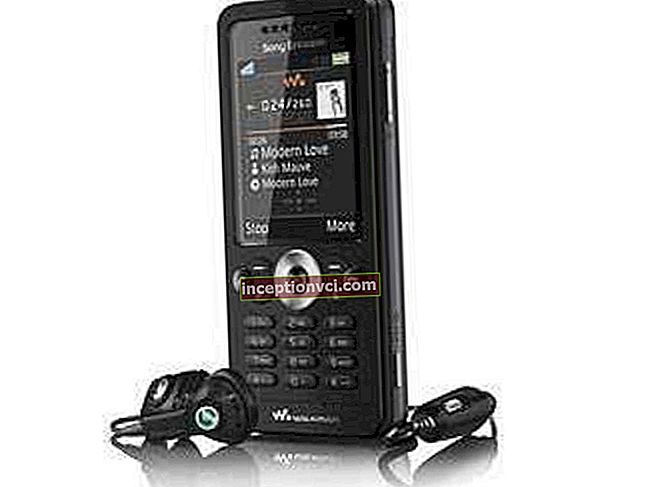We would like to return to the topic of 12 '' netbooks again. If we compare them with more mainstream products with 10-inch screens, then they differ in a number of advantages: a larger keyboard, sometimes comparable to those of laptops, a higher resolution screen (1366x768), HDMI equipment, which, in fact, brings them closer in functionality. to full-size laptops. As for what is in common with the younger brothers, this is a common platform: the performance of a bundle of a processor and a graphics chip in such devices is an order of magnitude lower, even compared to 15-inch budget laptops. In terms of cost, 12-inch netbooks are 40-50% faster than their 10-inch counterparts, comparable in terms of filling, and are approaching the prices of full-fledged laptops of the current generation. (It can be noted, by the way, that in addition to netbooks, in addition to netbooks, full-fledged laptops on "adult" hardware platforms are also produced. Although, of course, prices for such products have corresponding boundaries, since they are mainly focused on the sector of corporate buyers.) Once we were looking at the second generation NVIDIA Ion-based netbook, which was the first to be available in our market. The combination of the Intel platform (processor with chipset) and the NVIDIA graphics core turned out to be quite interesting, being the best solution in terms of graphics performance available today. The only confusing thing is that at the moment this platform is used only by ASUS, so there is no need to talk about serious competition yet. A completely different conversation - a new platform from AMD, which is known under the code name Nile. It includes a slightly stripped-down AMD M880 chipset and a special version of the processor. If we talk about the chipset, then it has already become a little outdated, as well as the graphics core - it cannot compete with NVIDIA. As for the processor, it was radically redesigned: a new microarchitecture, a more perfect technical process became available, and a choice between 1- and 2-core processors appeared. In this review we will take a look at the MSI U250 netbook, which belongs to the Wind12 series. This is the first AMD Nile 12 "netbook available in our market and also one of the best value for money. We'll compare it with the ASUS Eee PC 1215N, assuming that they are aimed at both one price point and one segment of buyers.
Design
MSI is one of the few 12 '' product manufacturers to occupy a niche between standard netbooks and full-size notebooks. The Wind12 series was initially based on the Intel CULV platform, but over time, MSI switched to the AMD platform, although it played a little in terms of characteristics, but it made it possible to significantly reduce the total cost of the product.

Of course, this manufacturer could not miss the launch of a new economical platform from AMD, which resulted in the release of the WIND12 U250 model. Both in design and functionality, this is still the same netbook with a 12-inch screen, but due to the Nile platform, the manufacturer was able to increase both portability and performance without changing the price. MSI also did not imitate competitors, trying to present its solution as an image model (like Dell or HP) or a business solution (like Acer or Lenovo). It's still a simple and affordable all-in-one product.

The manufacturer decided to package the new AMD platform in the same case as the earlier 12-inch models in the Wind12 series. The only real difference is the slightly tweaked appearance. The netbook, as before, looks like a soap dish with its contours, with a convex lid, slightly rounded corners, and flat edges on the sides.A fairly wide keyboard of a standard design is located in the center of the case, under it is a small touchpad and two keys. Eight indicators located along the front edge to the right, the modest power key toppled over the keyboard.

As before, the body is made partly from glossy (outer part of the lid, bottom panel), partly from matte plastic, slightly rough (sides, bottom, inner part of the lid). Unless this time the plastic is made using film technology with a simple pattern. The laptop is quite modest in size, except for the thickness, which is increased even more due to the battery protruding from the bottom. Although the updated design has become more noticeable, it still lacks some stylistic completeness - the product looks, in our opinion, too simple and cheap. Grade 6.
ASUS Eee PC 1215N design is more expensive and catchy: semi-matte plastic, corrugated bottom, soft contours with precise edges, etc. But it's worth noting that the MSI model is clearly more compact and lightweight.
Materials, construction, assembly
The build quality of the MSI laptop is quite good, except that if you find fault, you can see gaps between the halves of the case. The battery holds up well, the lid hinge is very reliable - generally without any complaints.




The materials leave a mediocre impression - the plastic is a bit thin, and the frame is not particularly strong in the center and on the sides (the keyboard flexes under sufficient pressure). Glossy plastic. As you might expect, it is very easily soiled, although it is worth noting that it is quite easy to clean. Score 7. Netbook Eee PC 1215N, in any case, the copy that came to us for testing, did not stand out for its high build quality, although, in our opinion, the materials used are more expensive than those of the MSI model. The matte plastic of the ASUS case gets very dirty, but it is more difficult to clean it.
Input device
The keyboard of the MSI product can be attributed to its strong points. The manufacturer was able to accommodate a full-fledged keyboard with a step of 19mm, while managing to retain even the buttons for navigating through the text in the right row. The layout is pretty good, only some people find the "> <" button next to the spacebar to be superfluous.

Russian letters are applied in light green, which is quite convenient, which cannot be said about the designations of keyboard combinations (webcam, Wi-Fi, Bluetooth), which do not differ in particular contrast. The mechanics of the keyboard - quite tough, with an indistinct 1.9mm travel, with trembling keys - left a negative impression. The keyboard is not the best to use. Grade 7.

The U250's touchpad has not changed in size (65x40mm), but it is quite comfortable, due to the deepening relative to the keyboard and the slippery surface. For some reason, multitouch is not supported, and many useful settings are missing, which are available in more modern Synaptics touchpads. The two small touchpad buttons are rather harsh, with a distinctive click. Rating 6. The keyboard of the Eee PC 1215N is inferior in size (key spacing is less than 100%), in addition, the backing is not fixed clearly enough. The key mechanism is more pleasant though. The ASUS touchpad is slightly larger and more functional.
Display and sound
The U250's screen is the familiar 12.1-inch HannStar matrix from previous reviews. It has a glossy finish, a very good contrast (though not ideal), good viewing angles, though only horizontally. Due to the rather modest angle of inclination of the lid (maximum 120 °), it is possible to work normally at the laptop only if the seat is low enough at the table.

The picture on the screen is quite bright, saturated colors, although not accurate enough - you can see that the screen gives a bluish tint. In general, such a screen is quite good for multimedia playback, but it is very difficult to spend quite a long time behind it, which is also associated with a rather coarse brightness control (only 9 positions). Grade 7.

The competitor's model has approximately the same display quality due to the same screens, but more convenient brightness control and a slightly larger opening angle of the lid tilt the scales in ASUS 'favor. The U250's built-in speakers are located under the leading edge and require a solid surface underneath the netbook to function properly. The volume headroom is very modest, the sound quality is average, with a very limited range. Grade 4.
Interfaces and ports
The variety of interfaces in the MSI laptop is very typical for this class of devices - three USB, HDMI, VGA, Etherner (standard at 100Mbps). The ports are spaced evenly along the side faces, and there is also a ventilation grill on the left.




There is a large compartment underneath for upgrades and maintenance. In general, the layout of the U250 is quite traditional and, as a result, quite convenient. Grade 8.
Noise and heat
Despite the "economy" of the new platform, AMD is faithful to its "traditions", even with a variant of the lightest single-core Athlon II Neo processor. The MSI product makes a faint but annoying noise, especially when the battery is being charged in parallel. The lower panels, which are located under the wrists, practically do not heat up when idle, and under load, the temperature rises only to 34-35 °. MSI products continue to experience more noise than heat - the laptop case will not overheat under any load.
Performance
The ASUS netbook we tested was equipped with a 1.8GHz dual-core Intel Atom, while its MSI rival was equipped with a 1.7GHz Athlon II Neo dual-core processor. The AMD platform showed mixed results, performing at a fairly decent level. In the MobileMark test, it was even beaten by the single-core Intel platform, and in the PCMark Neo tests it has already taken the lead, surpassing the Intel platform with a 2-core processor (in this suite several tests support multithreading). In general terms, we can judge about the achievement of a very good performance level comparable to the level of the Intel platform, approximately equal in parameters (frequency, number of cores).
The integrated graphics of the U250 are quite inferior to the discrete chip of the ASUS model. In any case, in 3DMark 2006 ASUS outperformed the rival by more than two times.
HD video playback
Unfortunately, it is not possible to give a high rating for high-definition video playback. On the big screen (1920 × 1080) we did not manage to reproduce the video from MSI with high quality. The popular MPClassic player, from the K-Lite codec package, flatly refused to work (perhaps this is due to the video card drivers), PowerDVD v.10 played video without problems only on the netbook's own screen. When connecting HDMI to an external screen, there were obvious image slowdowns, although the processor was not loaded to its maximum. It is quite possible that the problem can be solved by selecting a decoder for specific files, although we got the impression that the problem is not in decoding, but directly in the image output via HDMI.

A competitor from ASUS is experiencing exactly the opposite problems: quiet display on a large screen, with minimal CPU load, and picture twitching on its own screen. The problem here is obviously related to the Optimus technology, because the power of video hardware acceleration is in abundance here. The same cannot be said about the integrated video Radeon HD 4225 installed in the MSI model - it is obvious that the power of the graphics core may not be enough to decode H.264 video.
Battery life
According to the power consumption results, the AMD platform turned out to be not up to par, which, most likely, is also the chipset's fault. In MobileMark 2007, power consumption averaged over 11W, while most netbooks, including the Eee PC 1215N, are below 9W.
As a result, the MSI U250 could not hold out for 6 hours of battery life, although it was equipped with a rather capacious battery. An ASUS model with a battery of the same capacity lasts an hour and a half longer.
Output
The MSI U250 netbook is housed in the same case.Like the previous models of the series, therefore, the main consumer characteristics remained unchanged. Based on the AMD Nile platform as a base, the manufacturer was able to achieve higher indicators in terms of price / performance and price / power consumption, although it could not match the level of devices based on the NVIDIA Ion and Ion 2 platform. At a price comparable to the ASUS Eee PC 1215N, the U250 can offer higher functionality, a full-size keyboard, as well as more modest dimensions and weight. But among the minuses, one can note a lower autonomy, a cheap appearance, a small opening angle of the lid, which makes it difficult to work. If MSI corrects its shortcomings in the future, it will be able to release an interesting, more modern device, and at the moment we have a fairly average 12 '' netbook, without any particular advantages or disadvantages.
